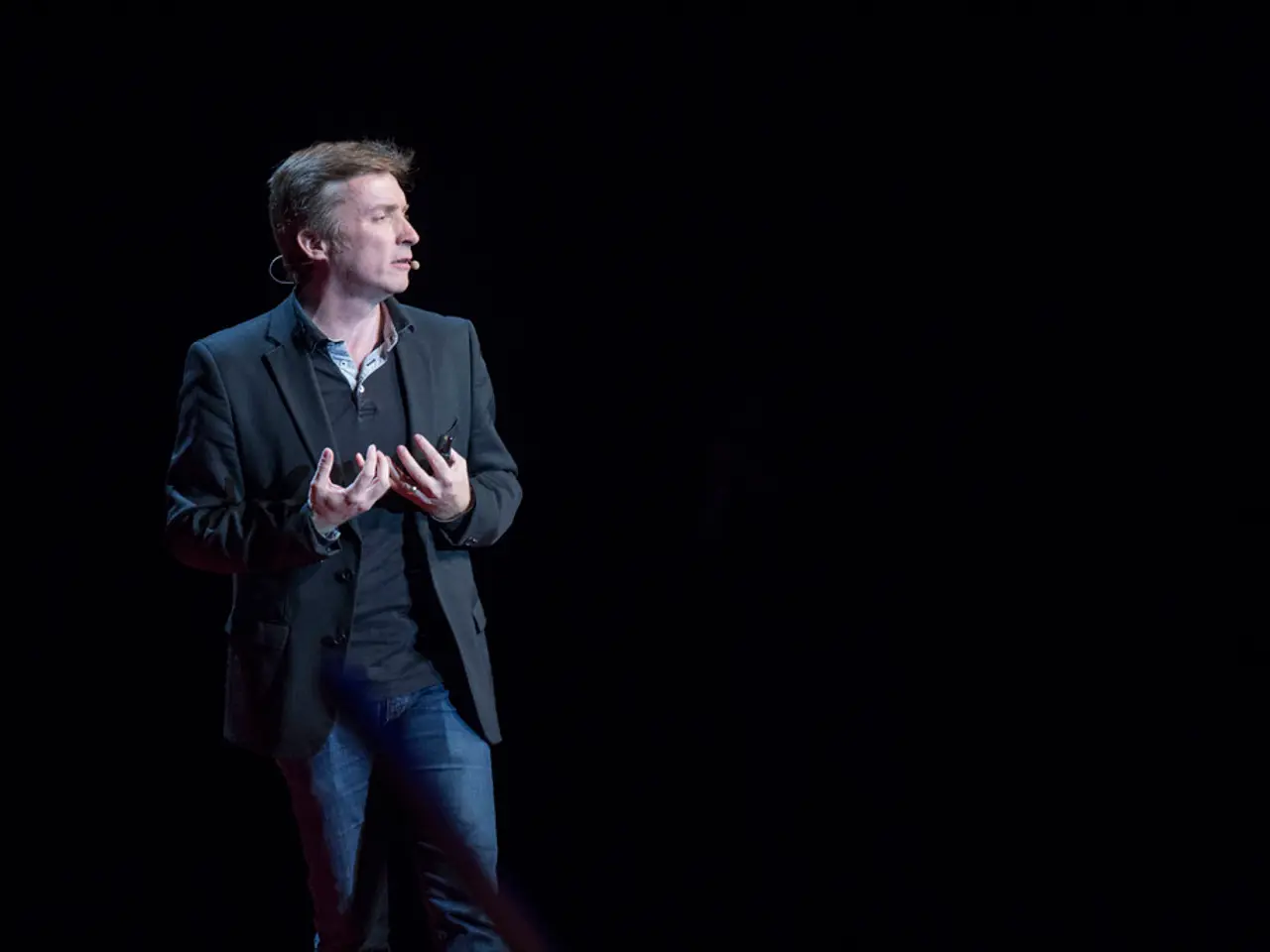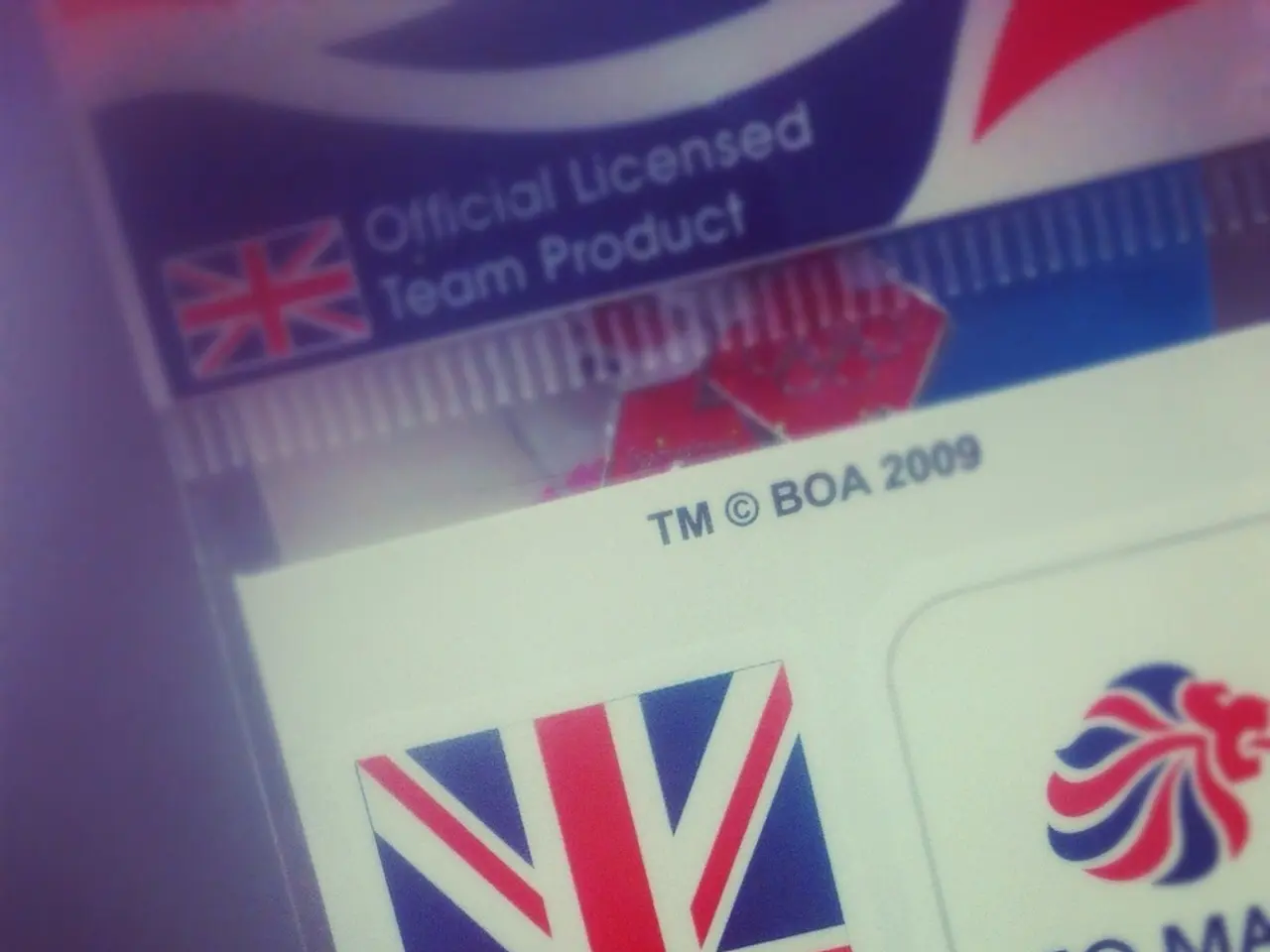Stimulating the Vagus Nerve as a Method for Managing Temporal Lobe Seizures
In the world of neurology, a significant breakthrough has been made in the treatment of temporal lobe epilepsy. Vagus nerve stimulation (VNS), a minimally invasive therapy, has proven to be an effective antiepileptic treatment for many patients.
VNS is well-tolerated by people with temporal lobe epilepsy, and its efficiency increases over time following the implantation of the neurocybernetic prosthesis. This treatment has gained approval for the management of medication-refractory epilepsy, treatment-resistant depression, obesity, and post-stroke motor rehabilitation.
The vagus nerve, a central component of interoception and a major constituent of the autonomic nervous system, is the key player in this therapy. VNS works primarily by stimulating vagal afferent fibers that modulate brainstem and limbic circuits, thereby reducing excitability and seizure activity. Although the exact cellular and network-level processes are still under investigation, the anticonvulsant effects of VNS have been observed to last at least four times the duration of the stimulation.
Epilepsy, a condition involving multiple seizure events, affects nearly 70 million people worldwide. Temporal lobe epilepsy, a subtype of epilepsy that originates from the temporal lobe of the brain, affects over 50 million people. The most common pathological finding in patients with temporal lobe epilepsy is hippocampal sclerosis.
VNS is delivered through a neurocybernetic prosthesis that is surgically implanted on the left cervical vagus nerve. Most patients who currently have VNS are stimulated at 30Hz with a constant stimulation cycle of 30 seconds on and 5 minutes off. This stimulation can result in voice alterations, cough, dyspnea (shortness of breath), dysphagia (difficulty swallowing), neck pain, or paresthesias (abnormal tickling sensation described as 'pins and needles').
While VNS improves seizures through these neurophysiological pathways, it is important to note that there are several conditions that may exclude a person's suitability for VNS, including active cancer or recent cancer remission and low blood pressure.
In the past, surgery to remove regions of the brain in which seizures originate was the primary treatment option. However, this irreversible procedure carries significant risk, making VNS a more attractive alternative for many patients.
The FDA approved VNS as an adjunctive therapy to adults and adolescents (12 years and older) who experienced partial-onset seizures and refractory to antiepileptic drugs. The FDA has also expanded these criteria and allowed patients 4 years and older to be fitted with VNS.
Research continues to explore the potential of VNS in clinical trials to treat other major neurological conditions such as treatment-resistant depression and post-stroke rehabilitation. As our understanding of VNS and its mechanisms deepens, so too does its potential as a versatile and effective treatment option.
- The approval of VNS for the management of medication-refractory epilepsy suggests that this therapy could potentially be used to treat other medical conditions, such as treatment-resistant depression and post-stroke rehabilitation.
- In addition to its effectiveness in treating epilepsy, VNS also has the potential to be used in the treatment of other health-and-wellness related issues, like obesity.
- Since VNS is still under investigation for its exact cellular and network-level processes, it's important to consider that certain medical-conditions, like active cancer or recent cancer remission, may exclude a person's suitability for this therapy.
- In the world of neurological-disorders, Vagus nerve stimulation (VNS) has shown promise as a versatile treatment option, with its anticonvulsant effects lasting at least four times the duration of the stimulation.




